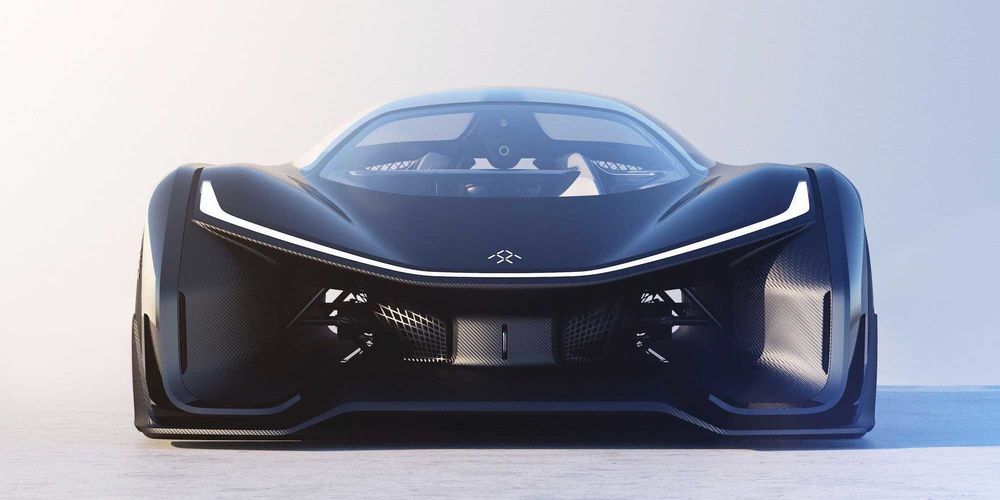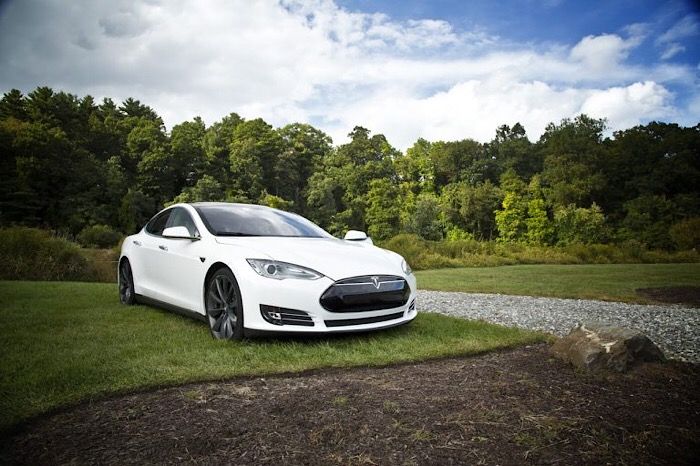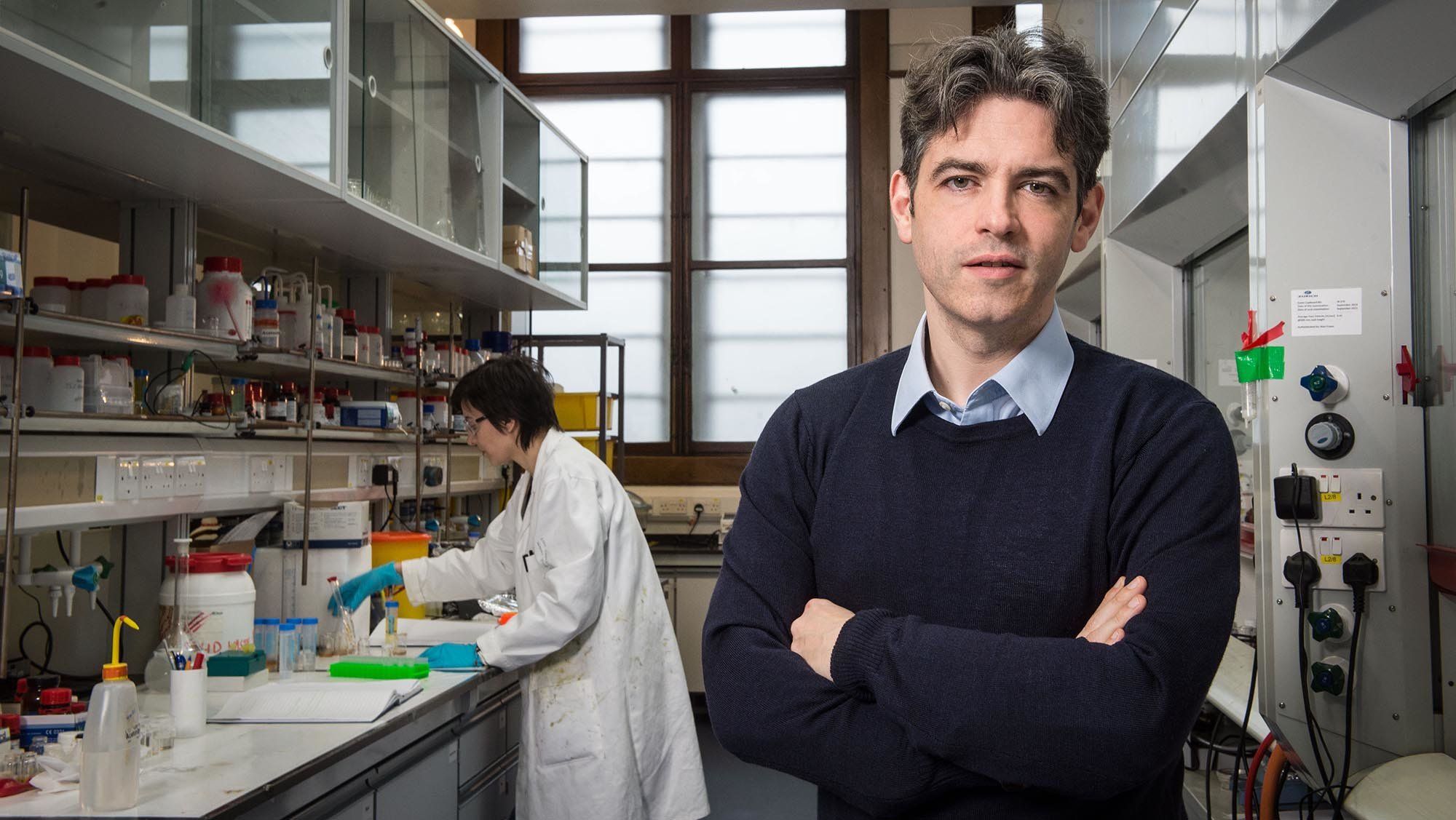0 to 60 in under 3 seconds!


This LEGO Bugatti Chiron is drivable.
Watch more from Cars Insider on Snapchat Discover: https://insder.co/cars.
I began my life as an activist academic in 1979 when the Western Australian government closed the Fremantle railway, saying buses would be better. Patronage immediately fell by 30% and I ran a four-year campaign to save the railway. We won. I have been writing books and running campaigns ever since on why trains and trams are better than buses. But I have changed my mind. The technology has changed, and I think it will end the need for new light rail.
“Trackless trams” are based on technology created in Europe and China by taking innovations from high-speed rail and putting them in a bus.
I went to China to check out the CRRC trackless tram (they call it autonomous rail transit, or ART). I came back convinced it’s a transformative transit technology.
Could this be the future of travel? It beats your usual bus journey!

When you think about the amount of time we spend behind the wheel today, whether in congestion or helping friends and family getting to and forth, being able to spend this time on other activities whilst on the move opens up a whole host of possibilities.
But not only will we have more free time, driverless cars also promise to make our roads safer and make our journeys faster.
Driverless cars are set to arrive on UK roads by 2021 according to the government and are predicted to change the face of personal mobility forever. Looking past the obvious benefits, Select Car Leasing have looked into the less predictable consequences of driverless cars.

One of the biggest drawbacks of electric vehicles – that they require hours and hours to charge – could be obliterated by new type of liquid battery that is roughly ten times more energy-dense than existing models, according to Professor Lee Cronin, the Regius Chair of Chemistry at the University of Glasgow, UK.
What’s so special about this liquid, or flow, battery?
“A normal electric vehicle has a solid battery, and when that runs out of charge you have to recharge it by plugging it in to a power socket. This takes half an hour or so if you find a rapid charger at a motorway service station, or up to 12 hours at home. Our battery, however, is made of a liquid rather than a solid. If you run out of charge, you could in principle pump out the depleted liquid and – like a regular petrol or diesel vehicle – refill it with liquid that is ready-charged. And that would take minutes.”

Quantum computing ‘will enable us to predict and improve chemical reactions, new materials and their properties, as well as provide new understandings of spacetime and the emergence of our universe,’ the White House said.
Google, IBM, JPMorgan Chase & Co., and other key U.S. companies are set to attend a White House quantum computing meeting to be held on Monday, Reuters reports.
A groundbreaking technology still in its infancy, quantum computing could have a major impact on transportation, healthcare, communications, weather forecasting, artificial intelligence, and other areas. Quantum computing could, experts claim, revolutionize our society.
News Brief: The Japan Aerospace Exploration Agency today launched a robotic cargo ship to the International Space Station, filled with more than five tons of supplies, equipment and experiments. Liftoff of Japan’s H-IIB rocket from the Tanegashima Space Center came at 2:52 a.m. JST Sept. 23 (10:52 a.m. PT Sept. 22). Minutes later, the HTV-7 cargo carrier (also known as Kounotori-7) separated from the rocket, heading for a Thursday rendezvous with the space station. Among the cylindrical craft’s payloads are new hardware to upgrade the station’s electrical power system, an experiment to study protein crystal growth at low temperatures, a life-sciences glovebox and an experimental sample return capsule.
Billionaire Paul Allen’s aerospace company says it’s exploring the development of a series of rocket planes that would serve as testbeds for hypersonic flight.

Stockton University will conduct a study on a proposed environmental center.
The Press of Atlantic City reports Atlantic City and the university received a $100,000 state grant last week to conduct the feasibility study on the new Marine and Environmental Science Center. According to university officials, the facility would cost about $41 million to build.
The facility would be built on a 15-acre portion of Bader Field. Stockton University’s current science facility in Port Republic was built in the early 1900s.